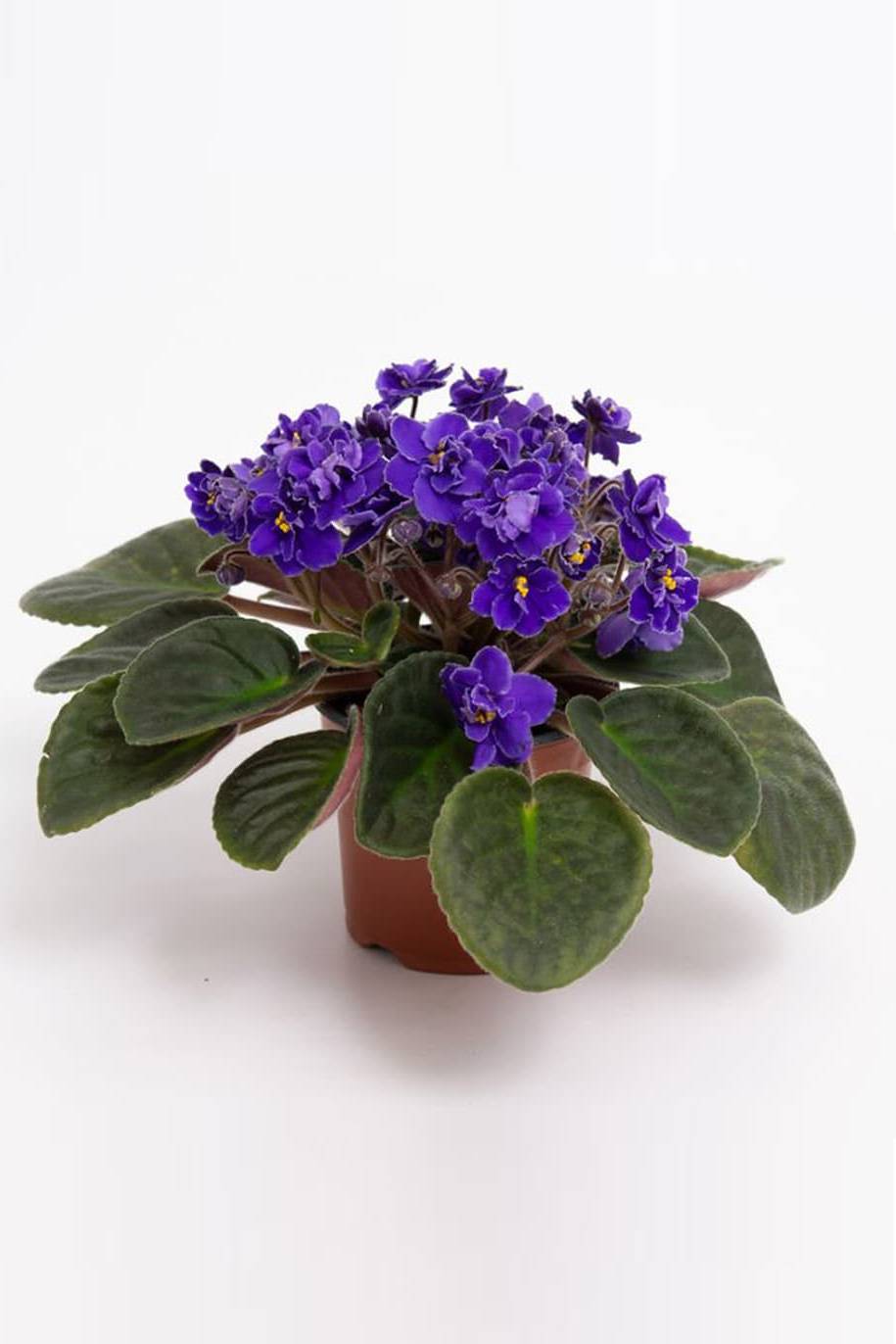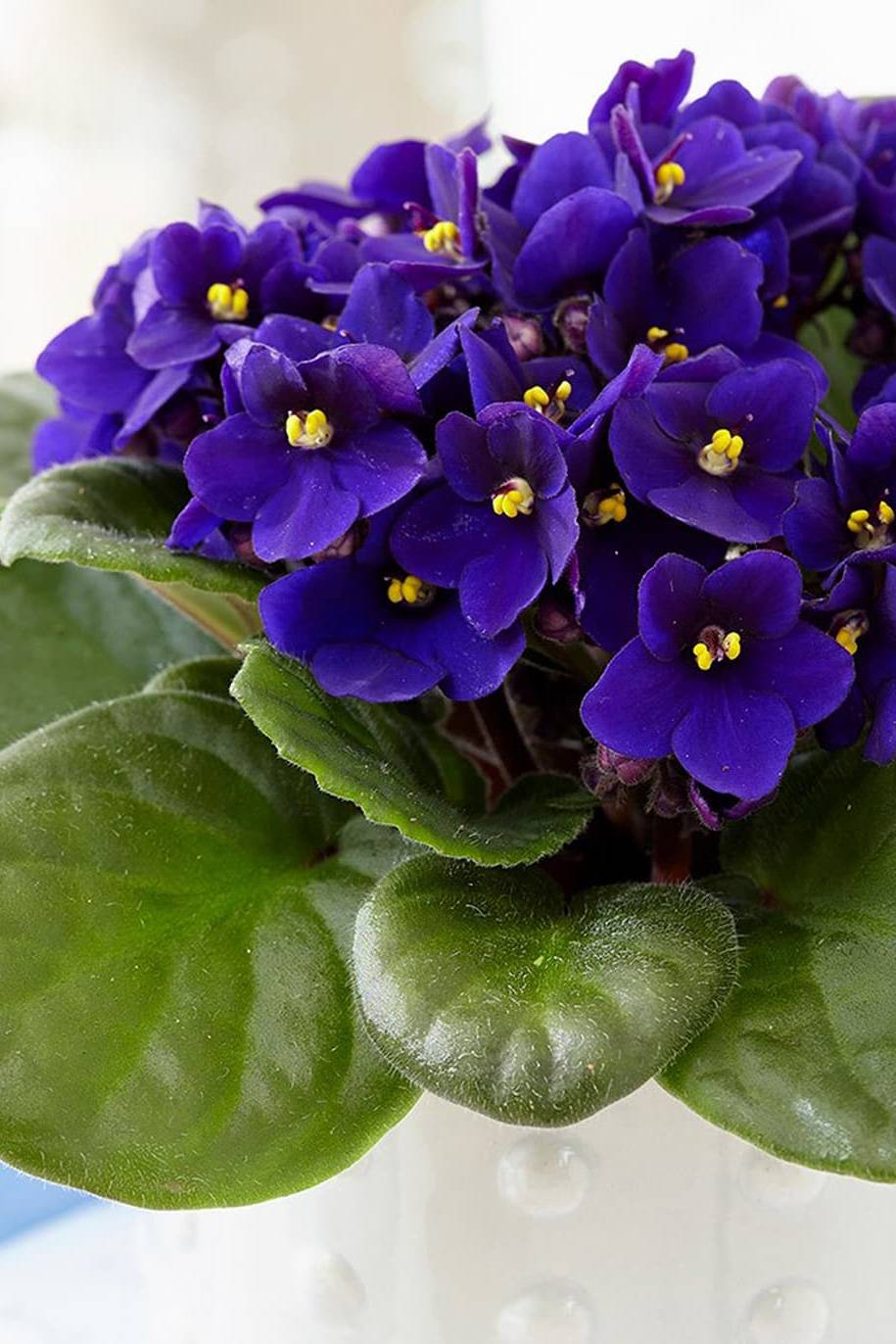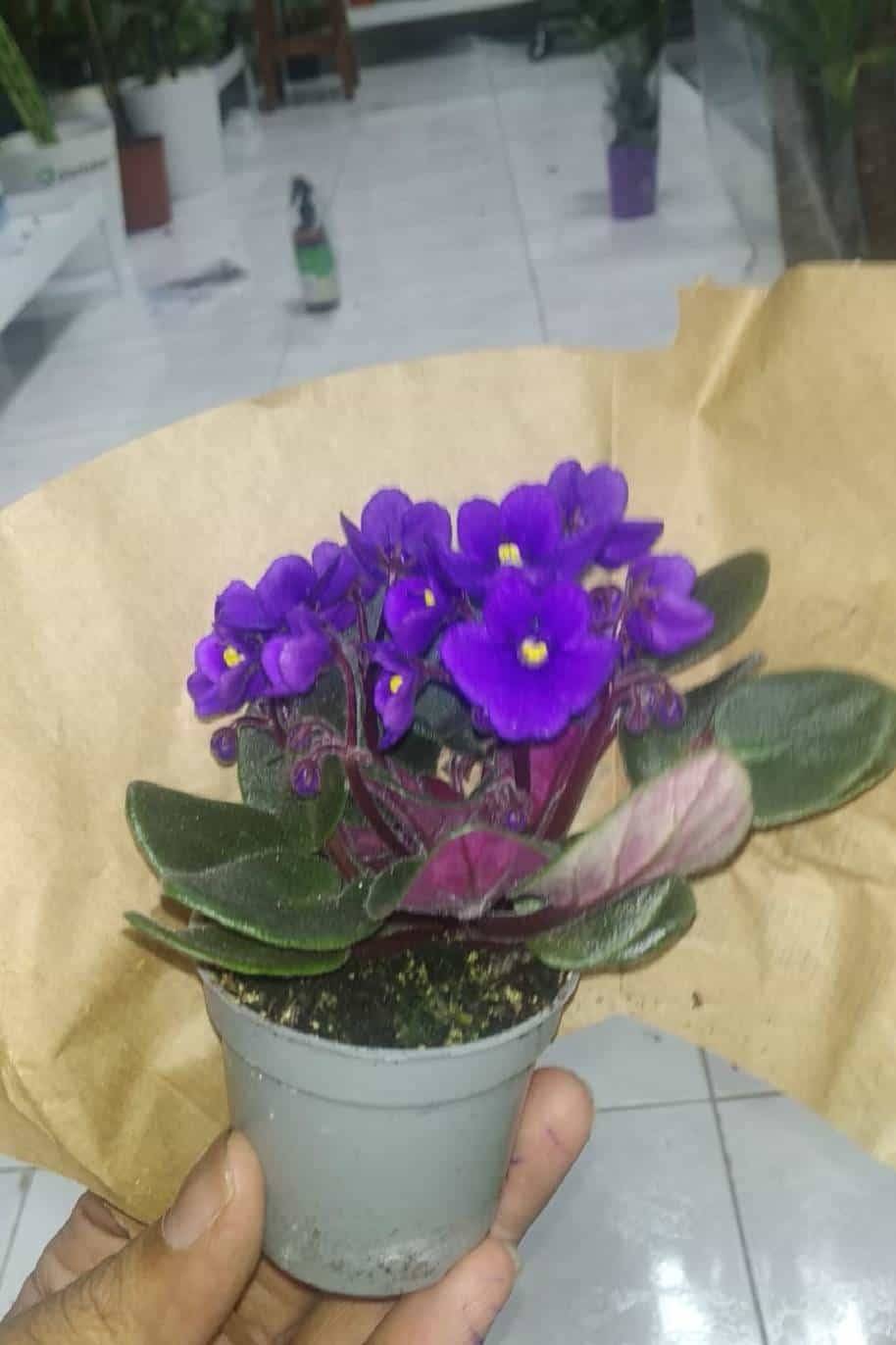Plant Bio
In general, African Violets need just enough water to keep the soil moist, but never soggy. Too much waterwill leave your African Violets susceptible to such deadly pathogens as Pythium, Root Rot and Crown Rot. Overwatering can also cause denitrification, a condition which prevents plants from getting the nitrogen they need.
The water should be room temperature, or as close as possible in temperature to the air around your plants. When the water is too cold, it chills the roots of African Violets, causing leaves to curl down as the water is absorbed into the plant. Also, if watering from the top, cold water can cause leaf spotting. Such spots represent a form of necrosis and, as such, cannot be removed. (Note: Whether the water is the correct temperature or not, it is always important not to get water on the leaves. The only exception to this is when you are spray misting for purposes of quick-feeding or increasing the humidity around your plants. Such misting will not leave behind the large water droplets which, when exposed to the sun, will produce brown spots on the leaves.)
Never use soft water. Soft water increases the saline content. This will alter both the pH and the electrical conductivity of the soil, thereby diminishing your African Violet's ability to absorb water and nutrients. If you have soft water, you may be able to divert water before it reaches the softening unit. If not, you will need to seek an alternative source of water.
Avoid using highly chlorinated water. While some chlorine is actually necessary for photosynthesis to occur, African Violets need very little, i.e., 70-100 ppm. Such minute traces in the water will not be discernible by smell. In fact, if you can smell chlorine, then your water has too much. The consequences of using water with too much chlorine in it include leaf burn and diminished flowering. If you have highly chlorinated water, and no alternative source is available, dispense water into a container and let stand overnight to allow the chlorine gas to escape.
To insure correct watering, you are strongly encouraged to use a recommended self-watering device, such as the Optimara MaxiWell (for 4-inch standard Violets), MiniWell (for 1-inch super miniatures) or the Optimara WaterShip container, a spill-proof, self-watering device for 2-inch miniatures. By providing the correctamount of water, a good self-watering device will greatly reduce the chances of getting any of the deadly fungi which cause plants to rot. In addition, because a good self-watering device waters from the bottom, it eliminates the potential hazards of watering from the top, i.e., leaf spots.










